Effective Leather Furniture Care Strategies: Love Your Sofa for Years
Today’s chosen theme is “Effective Leather Furniture Care Strategies.” Welcome to a warm, practical guide filled with real-life tips, small rituals, and inspiring stories that help your leather age beautifully. Ask questions, share your routine, and subscribe for monthly care reminders tailored to busy homes.
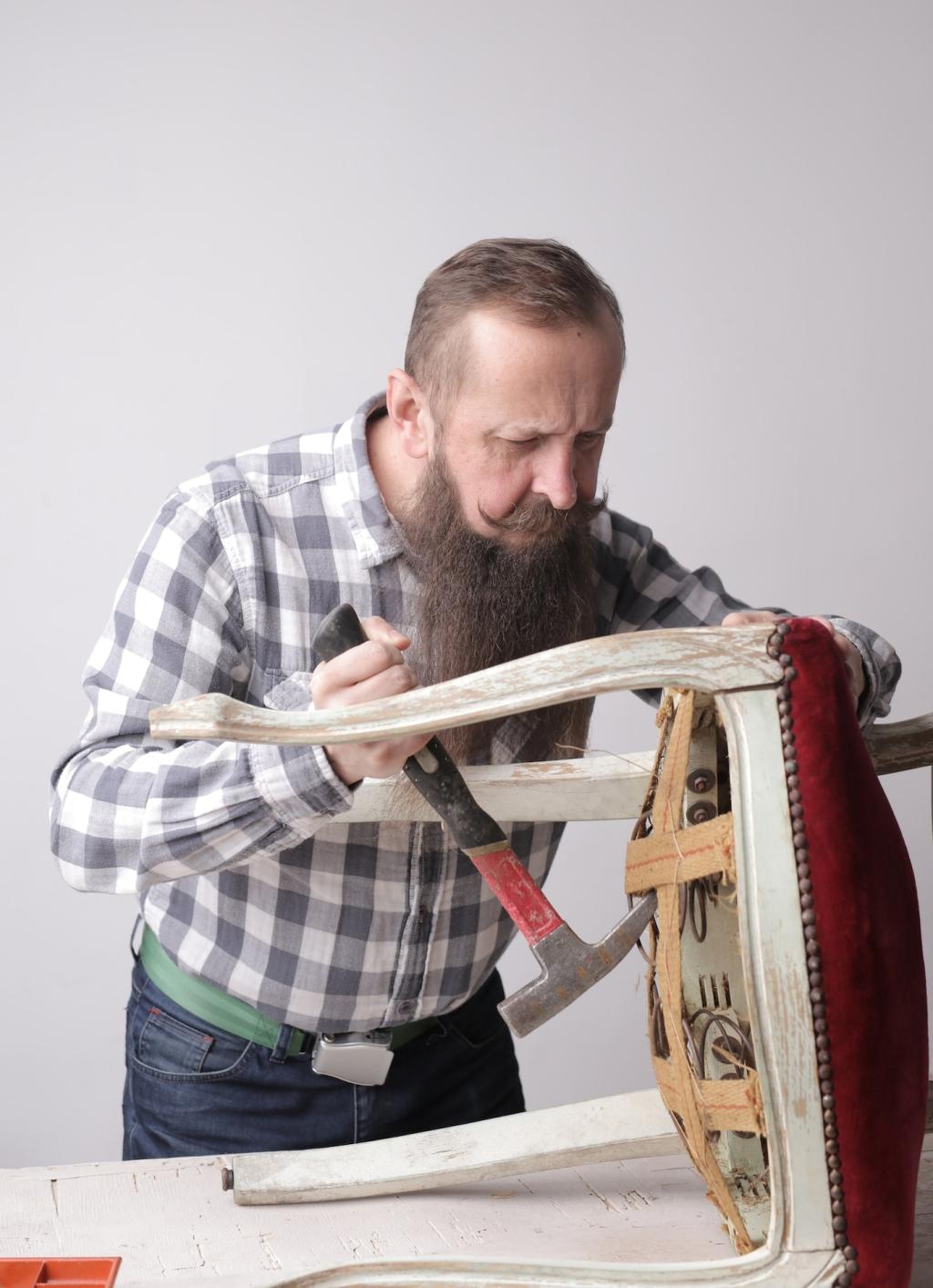
Know Your Leather: Types, Finishes, and Needs
Aniline leather is richly dyed and wonderfully soft, but more absorbent and susceptible to stains. Semi-aniline adds a light protective finish, balancing comfort and resilience. Pigmented leather has a more robust coating, resisting spills best. Knowing this difference determines how gentle you clean and how often you condition.
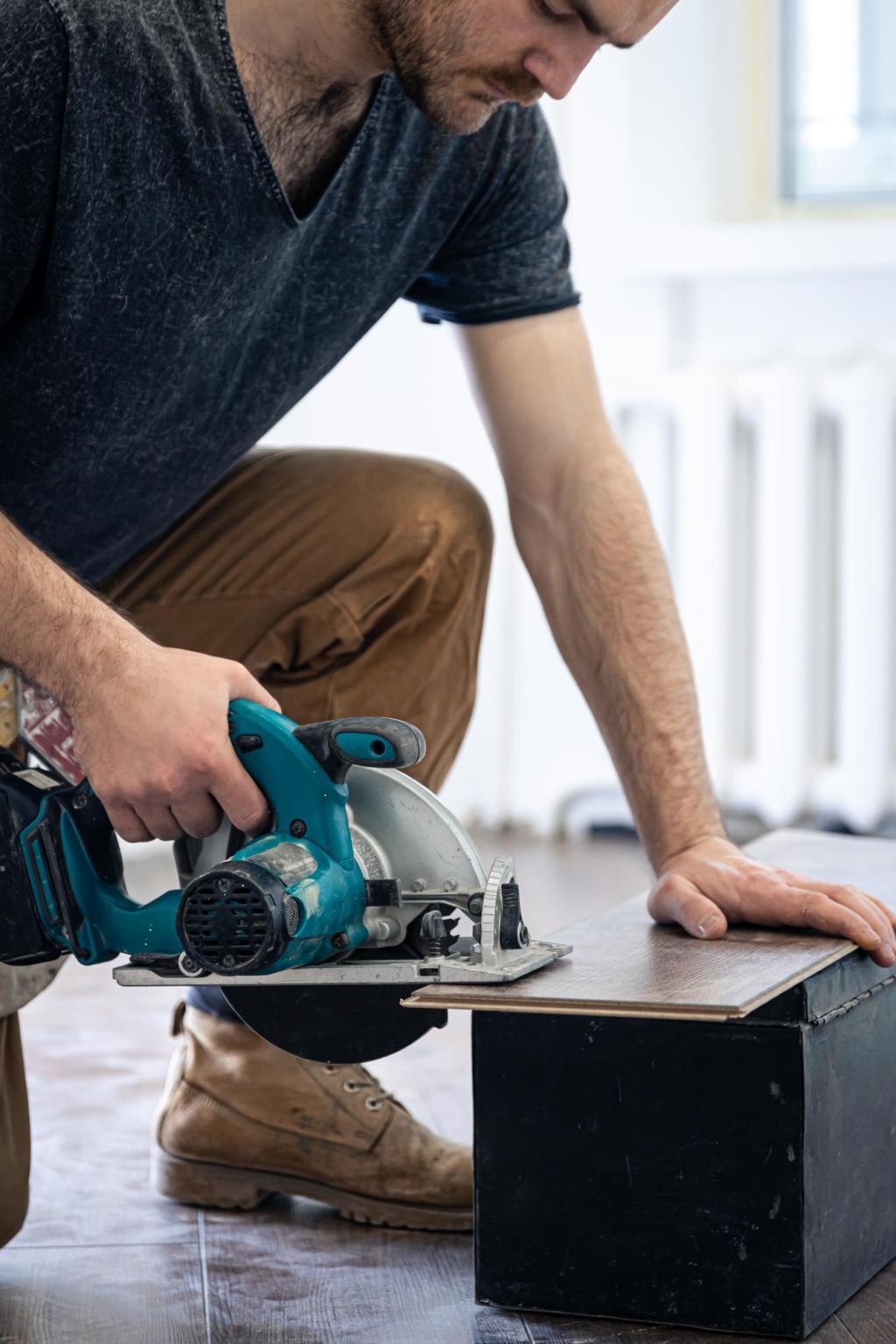
Use a clean, slightly damp microfiber cloth to lift dust and redistribute natural oils evenly. Skip soaked cloths, which can leave marks on absorbent finishes. Pair it with your morning coffee, and you’ll never notice buildup again—only a soft glow that feels quietly luxurious.
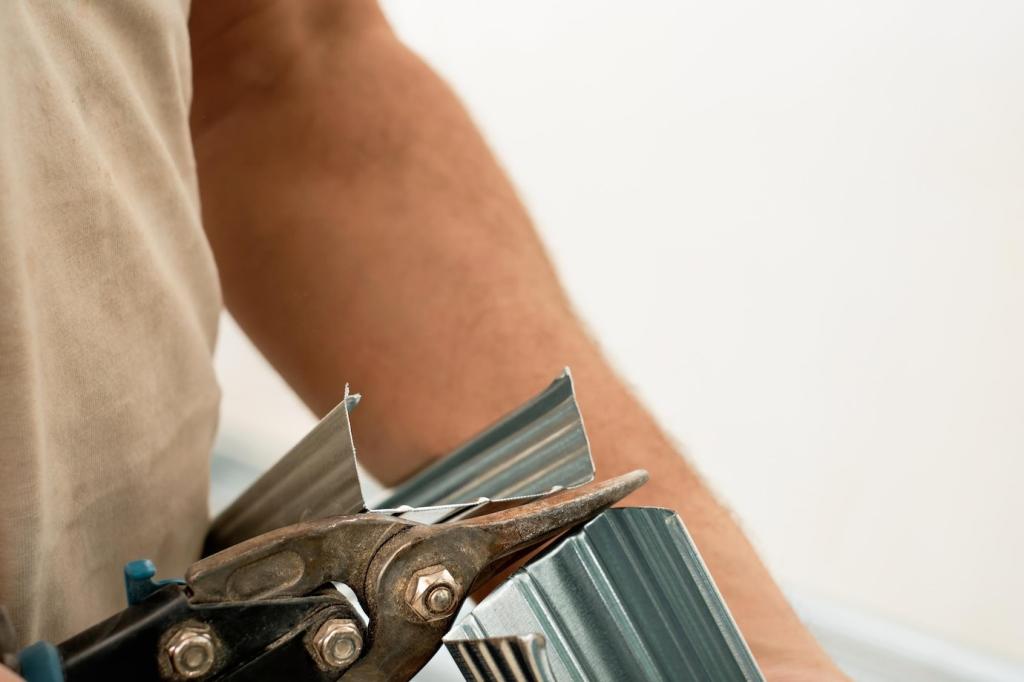
Grit acts like sandpaper against topcoats. Brush off crumbs after snacks and vacuum seats gently to prevent micro-scratches. Create a family rule: no shoes on cushions, coasters for drinks, and quick crumb patrol after movie night. Small boundaries keep leather smooth and preserve that supple hand.
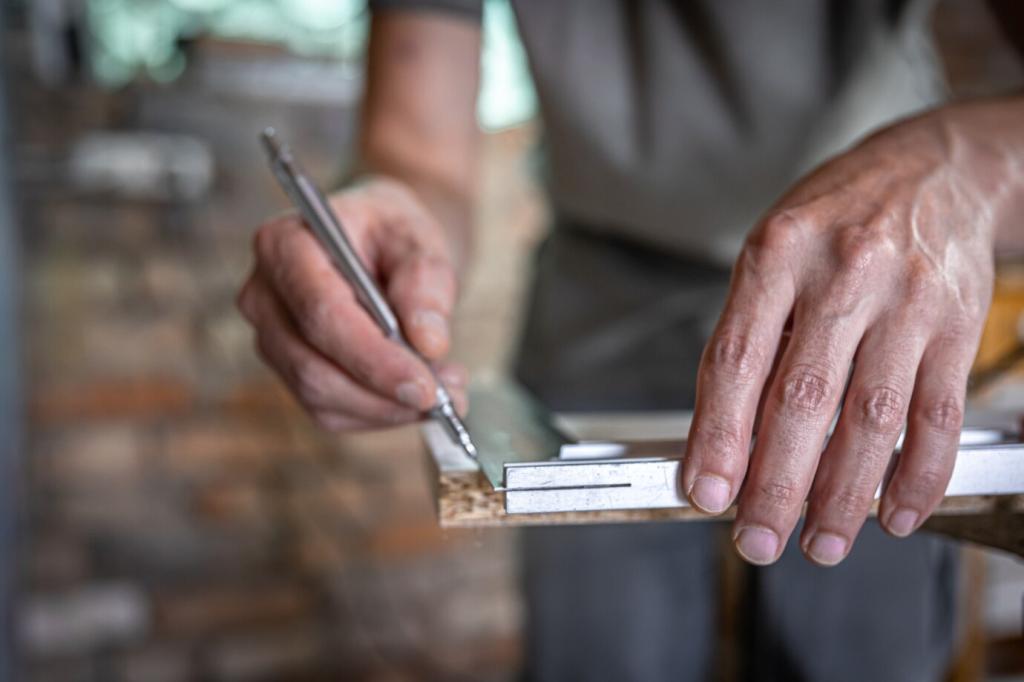
Fit a soft upholstery brush to your vacuum and hover the nozzle slightly above the surface. Lift cushions to reach seams where grit hides. Upholstery pros swear by this routine because it controls abrasion you never see—but definitely feel over time as dull areas and rough patches.
Clean Smart, Never Harsh
Neutral, properly diluted cleaners protect the protective coating that gives leather its even color and gentle sheen. Harsh or alkaline solutions strip finishes and invite blotchiness. Distilled water prevents mineral rings. Measure, mix, and label your bottle so future you never guesses under pressure.
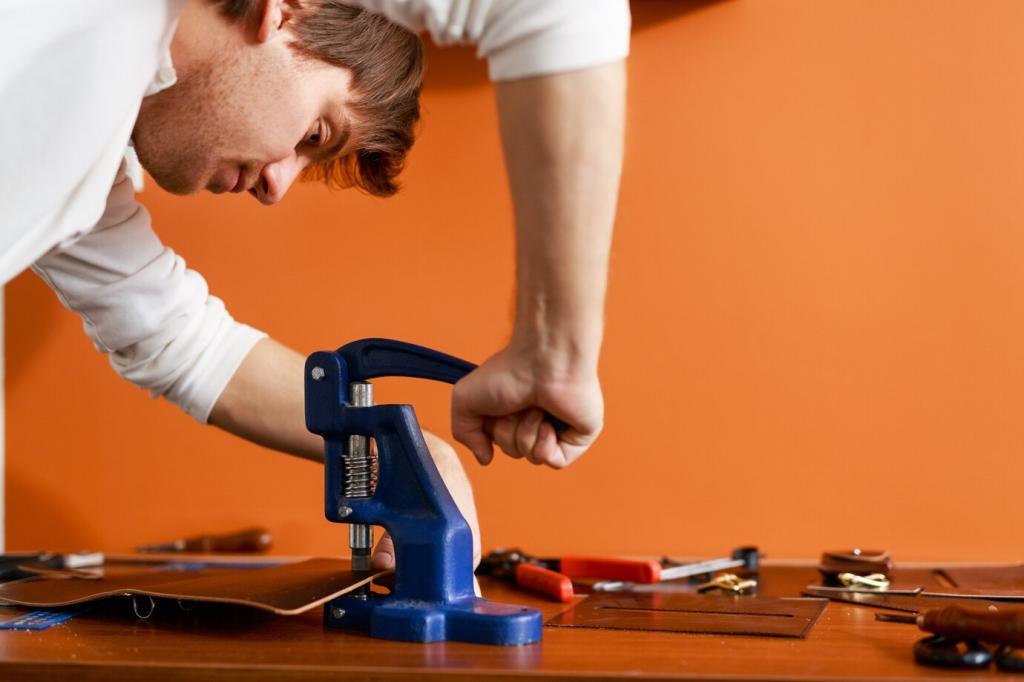
Spills and Stains, Handled Calmly
01
Blot gently with a dry cloth—never add water first. Sprinkle a thin layer of cornstarch and let it sit for several hours to absorb oils. Brush away softly and repeat if needed. Patience beats scrubbing, which can spread the stain or damage delicate finishes.
02
Dark denim and richly dyed fabrics can ghost onto light leather, especially aniline. Use barrier throws on high-risk areas and rotate seating. For fresh transfer, try the manufacturer’s recommended cleaner after a patch test. If color is embedded, a professional may be the safest route.
03
Ink is time-sensitive. Dab—not rub—with a cotton swab barely moistened with isopropyl alcohol after testing in a hidden spot. Feather the edges, stop at the first color lift, and call a pro if uncertain. Overworking ink often causes permanent halos and heartbreak.
Conditioning Without Overdoing It
How Often Should You Condition?
Frequency depends on climate, finish, and use. In heated, dry winters, condition every three to six months. Humid regions may need less. Heavily used family sofas require more attention than rarely used accent chairs. Your hands will feel the difference before your eyes see it.
Choosing the Right Conditioner
Opt for breathable, reputable leather conditioners that match your finish. Avoid heavy silicone polishes and cooking oils that can attract dust, turn tacky, or go rancid. Read labels, follow manufacturer guidance, and keep a small log so you remember what truly works on your piece.
Signs of Over- and Under-Conditioning
Under-conditioned leather feels dry, squeaks slightly, and shows micro-creases. Over-conditioning leaves tackiness, dark patches, and dust cling. If you’ve gone too far, buff thoroughly with clean microfiber and lengthen intervals. Seek a balanced, velvety feel—not slippery gloss or parched stiffness.
Sunlight and UV Management
Use sheer curtains, UV films, and smart placement to minimize direct sun. Rotate cushions monthly so wear and exposure even out. UV accelerates oxidation and fading, especially on aniline leather. One reader saved a fading arm simply by shifting the chair twelve inches from a bright window.
Heat Sources and Airflow
Keep leather at least 18 inches (about 45 cm) from radiators, vents, fireplaces, and space heaters. Rapid swings dry fibers and loosen finishes. Encourage gentle airflow so moisture does not linger beneath cushions. Comfortable conditions for you are usually comfortable for leather, too.
